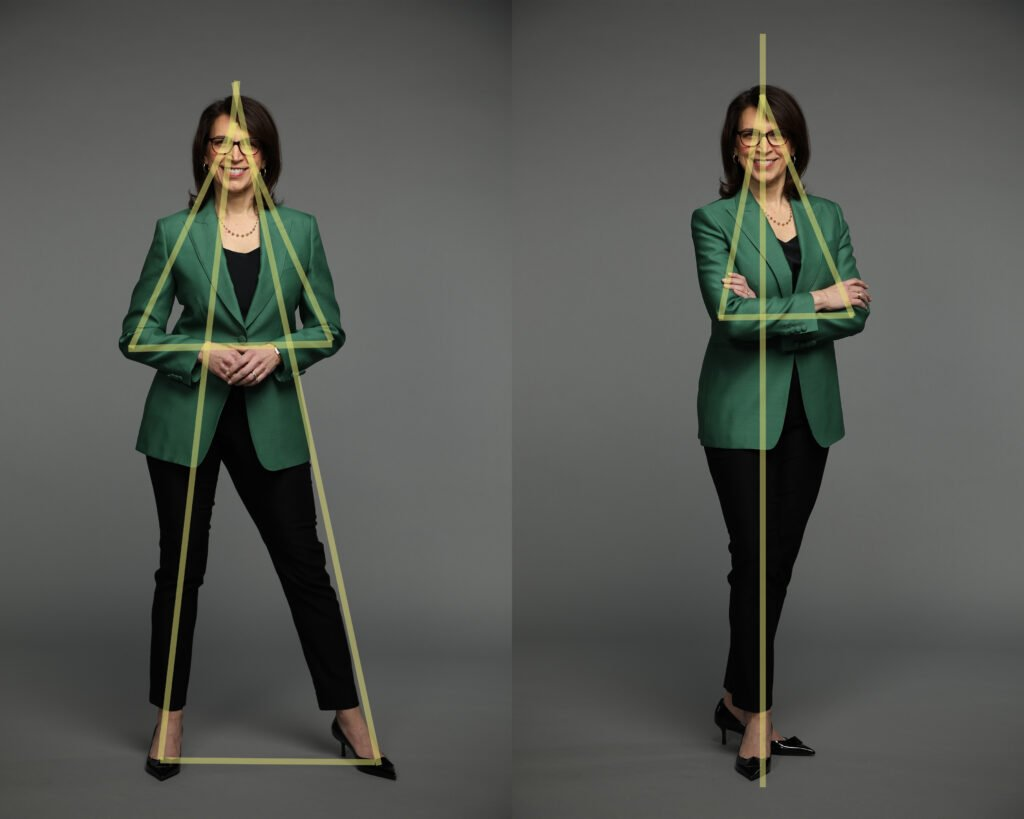Femininity
‘Femininity is a set of attributes, behaviors, and roles generally associated with women and girls. Femininity can be understood as socially constructed, and there is also some evidence that some behaviors considered feminine are influenced by both cultural factors and biological factors.’ Some roles include, being ‘nurturing, having empathy, grace and gentleness’ These traits are not tied down to the gender but they are a sort of stereotype, physical appearance doesn’t so much as define femininity but instead its more of a vibe. https://www.paulasimonsphotography.com/divinefemininephotography/

Masculinity
Masculinity is a set of attributes, behaviors, and roles associated with men and boys. Masculinity can be theoretically understood as socially constructed, and there is also evidence that some behaviors considered masculine are influenced by both cultural factors and biological factors. Masculinity is yet again not something defined by looks but more of a feeling that you give across, something that people can sense off you. Masculinity relates to something of strength, power and determination.
What is a healthy masculinity?
Healthy or positive masculinity is the idea that men can be emotionally expressive, have female friends or mentors, and express their emotions without feeling emasculated.

Influences
What is the concept of feminism in geography?
The intent of feminism is to investigate, reveal, challenge, and change gendered divisions in society. These divisions often manifest themselves as spatial divisions with men and women having different patterns of spatial activity, behaviour, and experiences of place.
Is masculinity the same everywhere?
Masculinities vary by social class as well. Studies suggest working class constructions of masculinity to be more normative than are those from middle class men and boys.Gender stereotype theory suggests that men are generally perceived as more masculine than women, whereas women are generally perceived as more feminine than men. Several scales have been developed to measure fundamental aspects of gender stereotypes (e.g., agency and communion, competence and warmth, or instrumentality and expressivity)

Masculine vs Feminine poses
Portrait photographers have a lot of things to untangle when posing someone: their masculinity, femininity, or non-binary / genderfluid identity; their own perception of their gender in their industry or profession; society’s perception of their gender in their industry or profession; historical imagery of their gender and if it would be right to keep with that trend or break from it; and how lines, curves, shapes, and color are perceived in the art world with two dimensional imagery.

Here’s an example. In photography and film geometry, triangles traditionally represent masculinity, strength, and stability; as do vertical lines, which are considered “aggressive” in photography, vs. horizontal lines which are considered calming and used for static, non-threatening images. So here’s a strong, professional woman posed in two ways which use those shapes:
But what about arms crossed? In body language science, arms crossed over your chest can mean defensiveness, anxiety, being closed off or distant, right? Sometimes. In person, crossing your arms can seem defensive and small, but it also depends on the facial expression and other cues your body is giving (if you’re hunched over and your eyebrows are lifted, for example), but it can also mean aggression if you’re pointing your chin down or smirking and the rest of your body is erect and confident. Or defiance if you’re also a toddler stamping your foot and screaming. It’s all about context. So an arms crossed pose in photography can mean strength when done right, especially in the above example where it creates a photogenic triangle in the image, and a straight line. It starts by conveying masculine aggression in the professional world, and then it’s softened by a confident smile to show openness and friendliness: further assuring that we’re not transmitting a closed off or anxious signal. Like a lot of things in life, posing isn’t binary! There are no “rules,” but rather, “trends,” or conditions that tend to trend in certain ways but always have exceptions and need context to balance them out. Or a better way to put it : Rules are made to be broken.
Many female photographers use it to capture women’s unique beauty. By focusing on the individuality of each subject, these photographers are creating images that challenge traditional beauty standards and celebrate women in all their diversity. Women photographers also use their work to write and highlight the female experience. These photographers create a visual record of women’s struggles, triumphs, and everyday adventures by capturing moments and stories often overlooked.Historically, the world of photography has been dominated by men, and the images we see have often been through the male gaze. Female photographers challenge this narrative by creating images not filtered through the male perspective. These images showcase a range of emotions and experiences, creating a more balanced representation of femininity.



